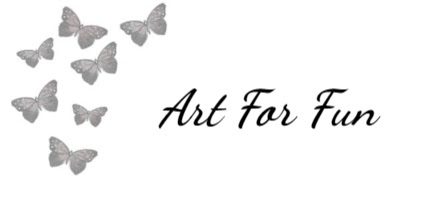I loved cuboctahedron curler unit and got inspired to try Icosidodecahedron curler unit. Making single unit and assembly is same as Cuboctahedron.
When I first heard "Icosidodecahedron" I thought it is some complex module(the complicated name mislead me), after I completed I felt that this is easier than Cuboctahedron. In Cuboctahedron pieces kept coming out as we need to stretch paper in final assembly. In this one no such hassle, the units are easy and simple to assemble.
I had earlier done Icosahedron but this one is different. When I googled about Icosidodecahedron I learnt that it is a polyhedron which has 12 pentagons and 20 triangles. Each pentagon is surrounded by triangles on each of it's five sides and each triangle is surrounded by pentagon on each of it's three sides. Remember this line when assembling, nothing will go wrong and it's easier this way instead of following video. I watched the videos once and assembled myself easily.
In the above picture notice the pentagon formed by green, pink, yellow, orange, blue papers. Also notice the triangles surrounding this pentagon.
Further I was curious to know about this polyhedron, I made some search on the net. I found some really fascinating facts. I will post it in a separate post.
 |
| Cuboctahedron and Icosidodecahedron |
Reference: Designer: Herman van Goubergen:
http://www.britishorigami.info/academic/curler.php
Presenter:
http://www.youtube.com/watch?v=e5V2GzCxMXs by jonakashima
http://www.youtube.com/watch?v=WoRKoXm-4rI by barbabellaatje
No of units: (just) 30 units.
Paper size used : 3" x 3"
Difficulty: easy to make units and simple assembly.
Paper used: normal color printer paper
Time: 2-3 hours
Started and Finished on 15 May 2013












